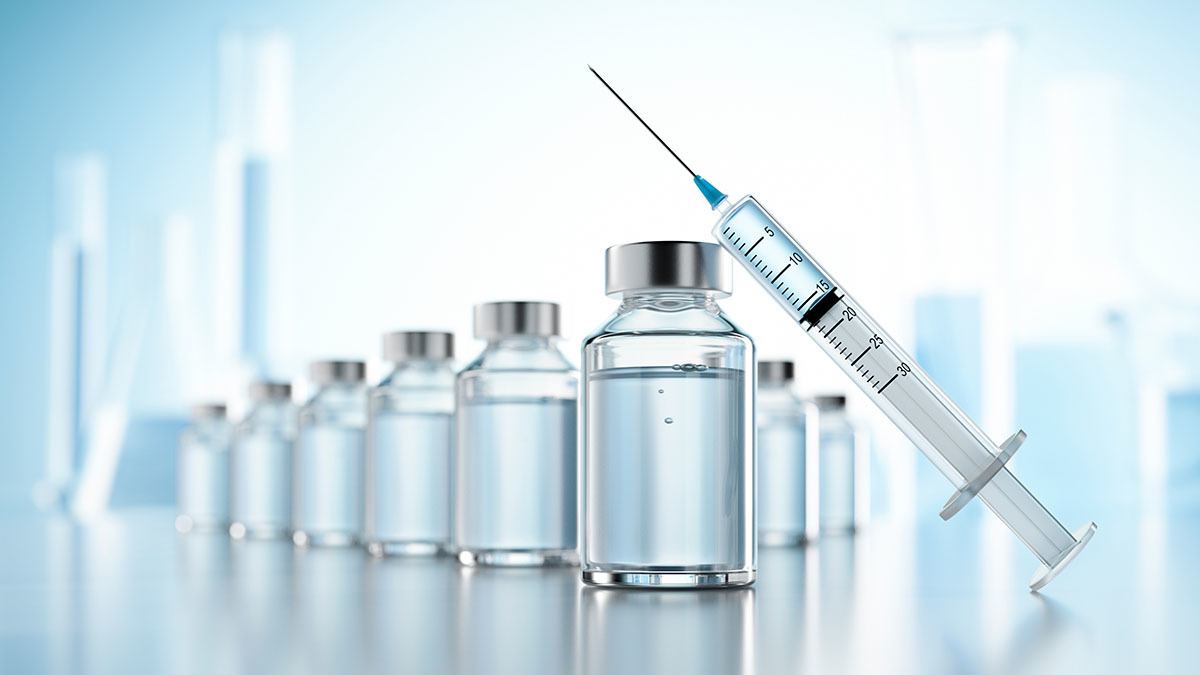USP pH Dependent Leachables Testing
In the pharmaceutical industry, ensuring product safety and efficacy is paramount. One critical aspect of this is the testing of leachable compounds that may transfer from containers, closures, or packaging materials into the drug substance or product during processing, storage, or use.
The United States Pharmacopeia (USP) pH Dependent Leachables Testing evaluates the potential for certain chemicals to be released under different acidic and basic conditions. This is crucial because it allows manufacturers to identify and manage risks associated with leachable compounds that could affect drug quality, stability, or patient safety.
Our laboratory offers comprehensive USP pH Dependent Leachables Testing services using advanced analytical techniques. We follow the latest guidelines set forth by the USP, which include monographs and chapters that specify methods for evaluating leachable substances in pharmaceutical products.
The process begins with thorough sample preparation, ensuring that all components of the container-closure system are represented. This may involve soaking materials in various pH solutions to simulate real-world conditions. Once samples have been exposed to these environments, they undergo extraction using appropriate solvents and techniques. The extracted compounds are then analyzed via high-performance liquid chromatography (HPLC), mass spectrometry (MS), or other relevant analytical methods.
Our team of experts ensures that every step adheres strictly to USP standards. For instance, the pH solutions used must be precise and representative of actual storage conditions. Similarly, the extraction procedures need to mimic real-world scenarios as closely as possible. This ensures accurate results that can help clients make informed decisions about their products.
We provide detailed reports summarizing our findings, including identification of all detected leachable compounds along with their respective concentrations. These reports serve multiple purposes—from supporting regulatory submissions to guiding quality assurance efforts within organizations.
By conducting this type of testing early in the development process, companies can mitigate potential risks associated with leachables before they become problematic during later stages of product lifecycle management. This proactive approach not only enhances overall product safety but also streamlines compliance processes by providing robust data for regulatory filings.
In summary, our USP pH Dependent Leachables Testing service offers a comprehensive solution designed to meet the stringent requirements of pharmaceutical manufacturers aiming to ensure safe and effective drug delivery systems. Through rigorous testing protocols aligned with current regulations, we contribute significantly towards safeguarding public health while supporting industry best practices.
Applied Standards
The USP pH Dependent Leachables Testing follows specific chapters and monographs published by the United States Pharmacopeial Convention (USP). These documents provide detailed guidance on how to perform leachable substance evaluations effectively. For instance, Chapter 1650 deals with extractable substances from pharmaceutical packaging systems, while Chapter 1232 focuses specifically on pH dependent leachables.
The USP guidelines emphasize the importance of considering both acidic and basic conditions since different materials may behave differently under varying pH levels. By adhering to these standards, we ensure that our clients receive accurate and reliable results which are directly comparable across industries.
Scope and Methodology
The scope of USP pH Dependent Leachables Testing encompasses a wide range of materials commonly used in pharmaceutical packaging. This includes but is not limited to glass containers, rubber stoppers, plastic closures, metal caps, and even coatings applied to these surfaces.
Our methodology involves several key steps starting with the selection of appropriate pH solutions based on expected exposure scenarios. These could range from highly acidic (e.g., 2.0) to neutral or slightly alkaline conditions depending upon the intended use of the container-closure system. Samples are then soaked in these solutions for specified durations before undergoing extraction.
The extracted compounds are analyzed using state-of-the-art analytical instrumentation such as HPLC coupled with tandem mass spectrometry (LC-MS/MS). This allows us to identify and quantify even trace amounts of leachable substances accurately. The results provide valuable insights into the behavior of various materials under different pH conditions.
We also employ additional techniques like solid phase extraction (SPE) when necessary to further purify samples prior to analysis, ensuring high sensitivity and selectivity in our measurements. Reporting follows strict protocols laid out by USP, providing clients with clear, actionable data regarding their products' compliance status.
International Acceptance and Recognition
- The results of USP pH Dependent Leachables Testing are widely accepted not only in the United States but also internationally. Countries like Europe, Canada, Australia, and many others have recognized the importance of these tests for ensuring drug quality.
- ISO 10993-24, which deals with biocompatibility evaluation including leachables testing, aligns closely with USP practices, further emphasizing their global relevance.
- The European Pharmacopoeia (Ph. Eur.) also incorporates similar requirements for evaluating container-closure systems, making compliance with USP standards beneficial for multinational pharmaceutical companies operating across borders.





